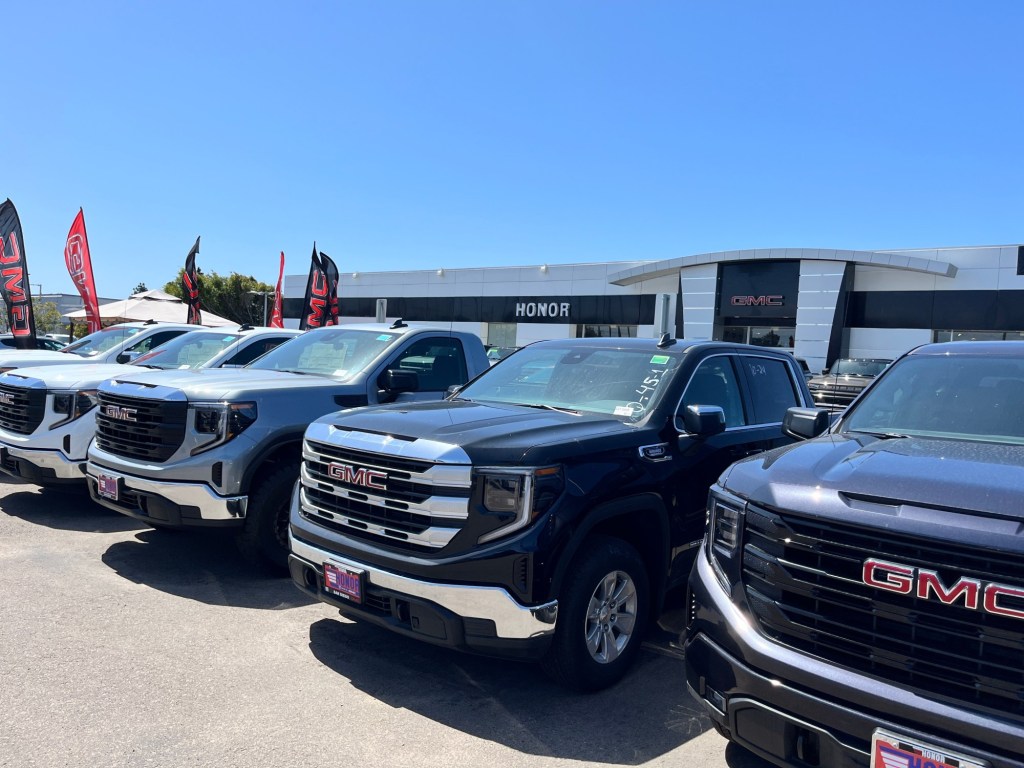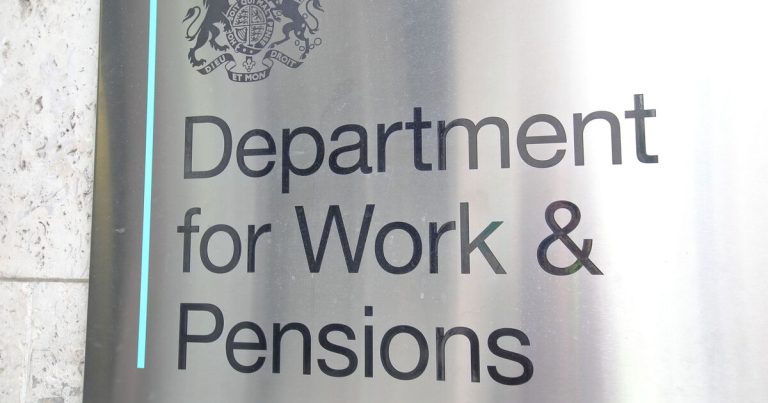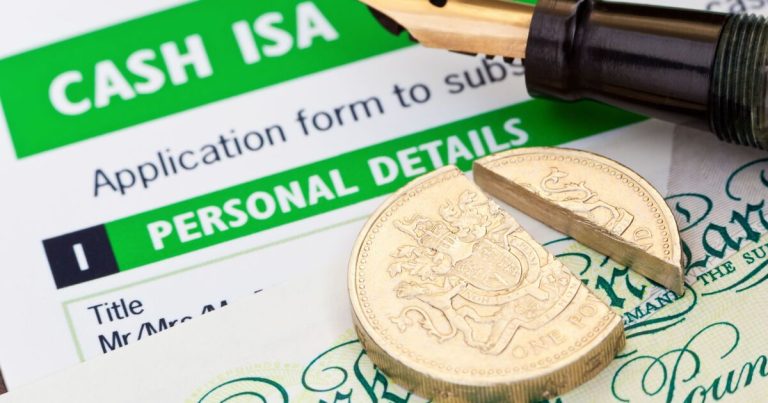
There are a truckload of questions about the effect Trump administration tariffs will have on the auto industry, but for now, business is brisk at Honor GMC in National City.
“I think a lot of people are really kind of uncertain on what’s going on, but we’ve definitely seen a big uptick in business, especially on the new car side,” said general manager Garan Godfrey, who estimates that foot traffic is up about 20% in the past week. “Customers are worried about prices going up, parts going up.”
And some have decided it’s better to buy now, rather than later.
President Donald Trump announced Wednesday that a 25% tariff will be levied on all cars and light-duty trucks imported into the U.S. The move went into effect the next day.
In addition, effective May 3, a 25% duty will be charged on auto parts imported into the U.S., including engines, transmissions, powertrains, electrical components and even items such as brake hoses.
Godfrey said his dealership has not raised the sticker prices on any of the vehicles on its lot.
“Our main thing is just always trying to be 100% transparent with everybody,” he said. “The last thing customers want to do is come to a dealership and not know what to expect.”
Ivan Drury, director of auto insights for Edmunds.com, predicts that prices in showrooms will start going up in about a month. But he’s quick to add caveats, saying nobody is quite sure how things will shake out.
“It’s highly dependent on the automaker,” Drury said.
Some stocked up enough supply ahead of the tariff announcement and have rolled out incentives for potential buyers. For example, Ford on Thursday said it’s offering employee pricing on its vehicles to all consumers.
Such carmakers have “a little bit of an excess inventory so they can afford to discount vehicles right now,” Drury said, “and technically they could buy up market share against an automaker” with fewer cars and trucks to sell.
It’s also difficult to determine how much the tariff on parts will translate to specific vehicles because some components are built outside the U.S. For instance, Drury said the 3.5-liter motor on the popular Ford F-150 pickup truck is made in Mexico.
“So it’s going to vary wildly from one automaker to the next, one dealership to the next, whatever region you live in and the model you’re looking at,” he said.
According to an analysis by Edmunds of 12 major automakers for 2025, the percentage of vehicles assembled in the United States ranges from 20.6% for Mazda to 78% for Ford.
And while Tesla may assemble all of its vehicles in the U.S., it sources 20% to 25% of its parts from Mexico, according to the National Highway Traffic Safety Administration.
On top of that, there’s always the possibility that things can change with the stroke of a pen — perhaps the size or the tariffs is altered, or the Trump administration cuts a deal with any of the respective countries affected by duties, or potential agreements are struck with the manufacturers themselves.
“I can’t imagine we’re not going to see some automakers lobbying for an exemption if they promise building a parts factory, potentially a new assembly line, or bringing on a line that’s dead and say, ‘We’ll refurbish, but it’s going to take a year or two to set up. Can you give us a break here?’” Drury said. “We know that negotiating is something (the Trump) administration likes to talk about, so let’s negotiate.”

All the uncertainty has prompted dire predictions in some quarters.
On the day Trump made his announcement in the Rose Garden, Daniel Ives, investment analyst for Wedbush Securities, sent out a note with the headline saying the auto industry “just got hit with a tariff torpedo.”
If the duties stay in place, Ives predicted demand for new auto purchases would erode 15% to 20% this year.
“The tariffs are a debacle of epic proportions for the auto industry and US consumers, as the concept of a US made car with all US parts is a fairy tale fictional narrative,” Ives wrote. “The more people we speak with from the auto industry around the world it is becoming crystal clear this tariff/US policy will cause pure chaos to the global auto industry and will raise the prices of a typical car to a US consumer by $5k to $10k out of the gates.”
Drury is more circumspect.
“It’s too early to tell,” he said. “Right now there’s still a lot of flexibility for some (automakers) because they’ve got something like a two-month supply of vehicles, as of the beginning of April. The clock’s ticking, of course … It’s still going to take a little while for all this to really materialize.”
Over at Honor GMC in National City, Godfrey is ready to make some deals.
“Now is the best time to buy a vehicle, just because a vehicle may cost $3,000 or $4,000 more in 90 days,” he said. “Nobody knows.”
The tariffs come on the heels of a flat year for sales in California.
Total registrations for 2024 were down 0.3% compared with 2023, according to the California New Car Dealers Association.
Originally Published:





